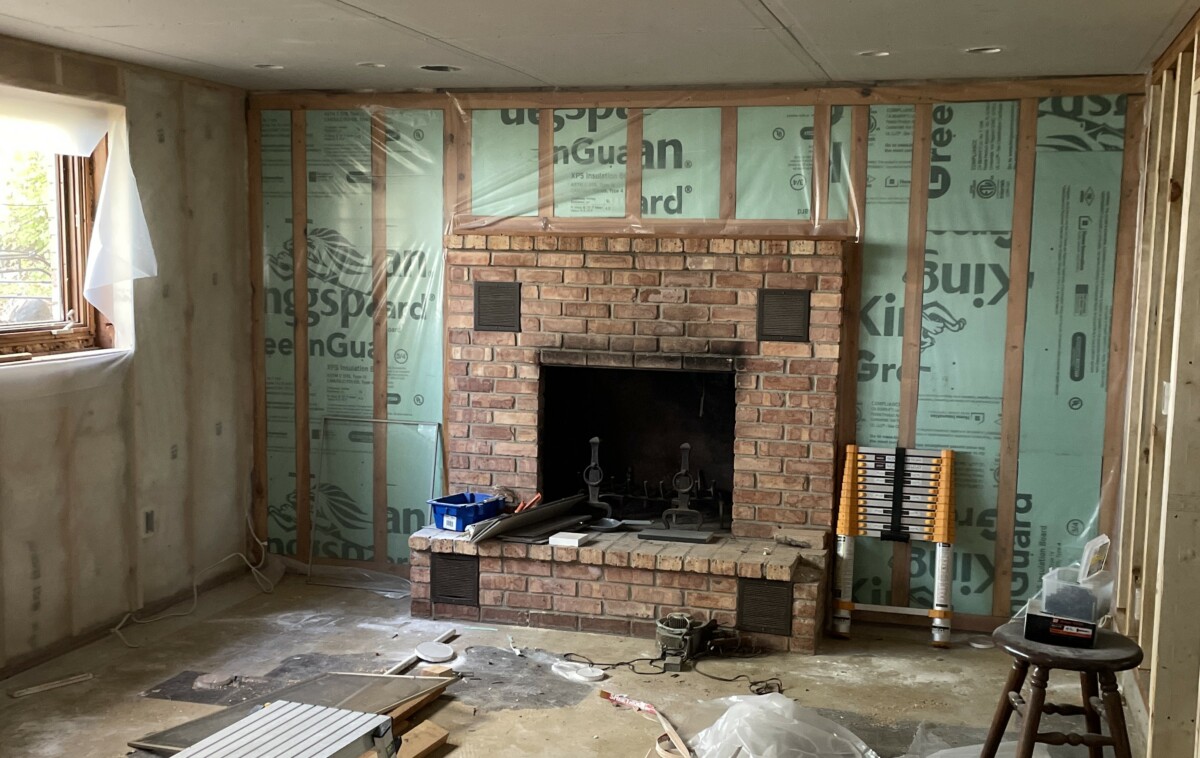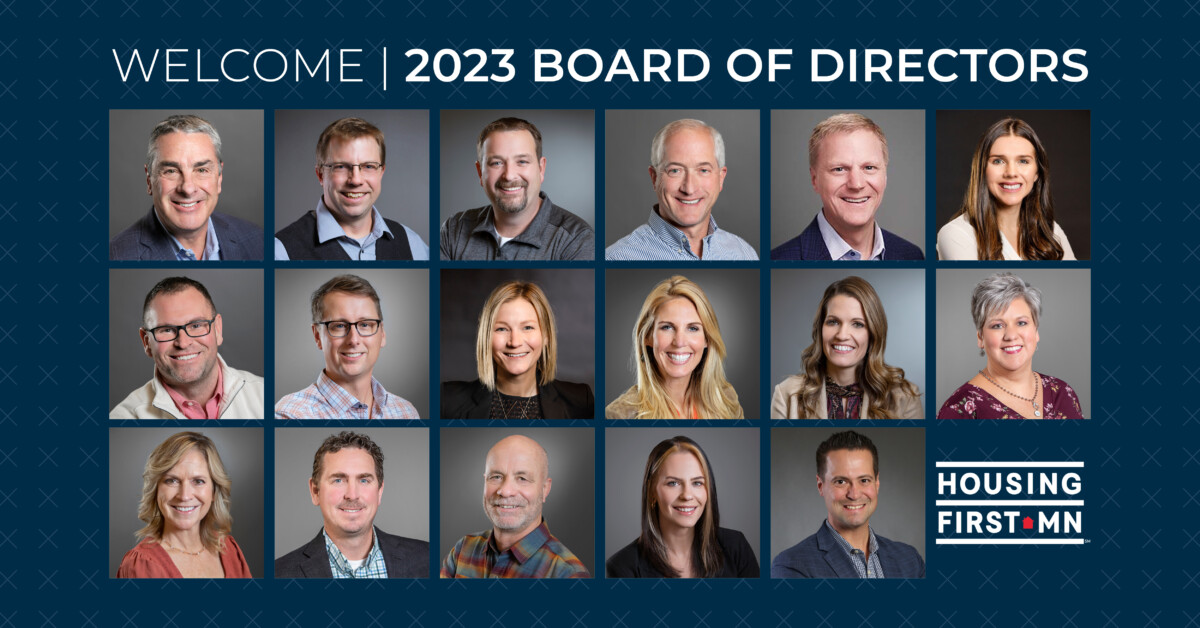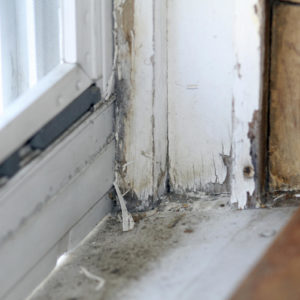By PETER KULCZYK, Green Code Knowledge
Got building construction related questions? We have the answers! Peter Kulczyk of Green Code Knowledge, a building industry expert and frequent instructor at BATC’s Contractor University, is available to answer your questions.
Q: Is a building permit required for all new decks?
A: The provisions in the building code will require a permit for a deck if the deck surface is 30 inches or greater above the adjacent grade level, is not attached to the house (dwelling), and does not serve as an accessible route. The “accessible route” only applies to dwellings that require an accessible route under the State of Minnesota accessibility code, which generally means that most single family dwellings do not require an accessible route. Refer to your local municipal zoning ordinance to verify requirements related to setbacks and open space.
Q: When constructing a new house (dwelling) does the code require that interior finish items such as gypsum board, primer, paint, wall-paper, carpet and cabinets be completed by the time of the final inspection?
A: The code does not require that interior wall finishes such as primer, paint, wall-paper and carpet be in place. Gypsum board needs to be in place if it serves as either a component of the interior air barrier, or as a 15 minute thermal barrier protection for foam plastic insulation or as a component of the house/garage fire separation. The building code does not require the installation of either kitchen or bathroom cabinets, and as such there are no criteria for cabinets in the code. If the stair rise and run could be affected based on the thickness of a floor tile then that tile should be in place prior to the final inspection.
Q: Does the code address how long a weather-resistive exterior barrier material can be left exposed prior to the application of the cladding material?
A: No. The building code does not address how long a weather-resistive exterior barrier material, such as a house sheathing paper, can be left exposed prior to the application of the cladding material but the manufacturer’s installation instructions probably do.
Q: Can a house sheathing paper be installed at any other angle other than horizontal?
A: No. The code requires asphalt felt to be applied horizontally with a 2 inch minimum horizontal lap. For manufactured house sheathing papers approved by the building official they need to be installed according to the manufacturer.
Q: Does the code allow rigid foam sheathing to be used as a water-resistive barrier instead of the standard #15 felt or manufactured house sheathing paper?
A: Yes. The building official can approve the use of rigid foam sheathing as a water-resistive barrier based on testing, an evaluation report or other data.
Q: During the construction of an addition our siding crew noted that the existing siding on the original house did not have a felt paper or sheathing paper behind it. We planned on installing a proper house sheathing paper behind the siding on the new addition but we were unsure of how this existing siding without a sheathing paper should this be addressed and what does the code require?
A: The water-resistive barrier needs to be properly installed behind any newly installed siding whether it is on the original house or on the addition. The building code is not retro-active which means that the existing siding that remains in place can remain “as-is.”
Q: We are remodeling an existing house. The sleeping room windows will be removed and replaced. Are these windows required to comply with the same minimum net clear opening size as required for new construction?
A: No. The replacement windows for sleeping rooms (also referred to as emergency escape and rescue openings or egress windows) needs only to meet the manufacturer’s largest standard size that will fit within the existing frame or existing rough opening. The replacement window shall be the same operating style as the existing window or a style that provides for an equal or greater window opening area than the existing window. This is a Minnesota amendment and may not be similar in other states.
Q: Does the code require a design professional, such as a licensed architect or engineer, for the design of a dwelling or townhouse building?
A: No. The construction provisions in the code are generally written as a conventional document, within prescribed limits, and referred to as a prescriptive code. Building components such as footings, foundation walls, studs, joists, rafters, sheathing, and many others have limitations based on criteria that has been established over decades of practice. When a building of otherwise conventional construction contains structural elements exceeding the limits of the code then these elements must be designed in accordance with accepted engineering practice. For example, many components, such as engineered wood and metal trusses, engineered wood structural panels, pre-cast concrete floor and wall panels may have engineered data provided by the manufacturer. If the Building Official of the jurisdiction has determined that some elements of the structure exceed the limits of the prescribed code, or that additional information needs to be provided to show how an engineered element works with adjacent conventional construction (such as pre-cast concrete plank for an attached two-level garage), then the Building Official has the authority to require a design professional at no cost to the jurisdiction.
Please submit your questions to: ask@batc.org
Everyone who submits a question will receive 50 BATC Bucks. If we use your question in an Ask The Building Inspector column, you will be entered into a random drawing for a $50 gift card (one gift card awarded per column). *
* You can only receive 50 BATC Bucks and/or win a $50 gift card

















